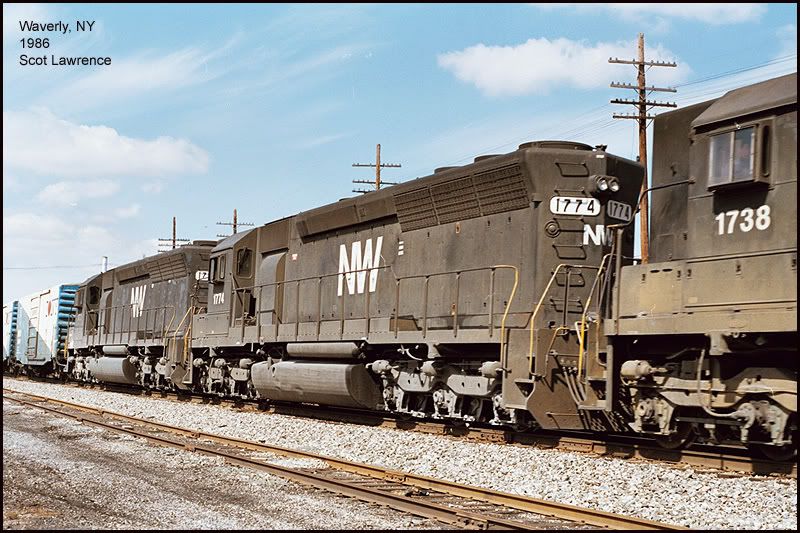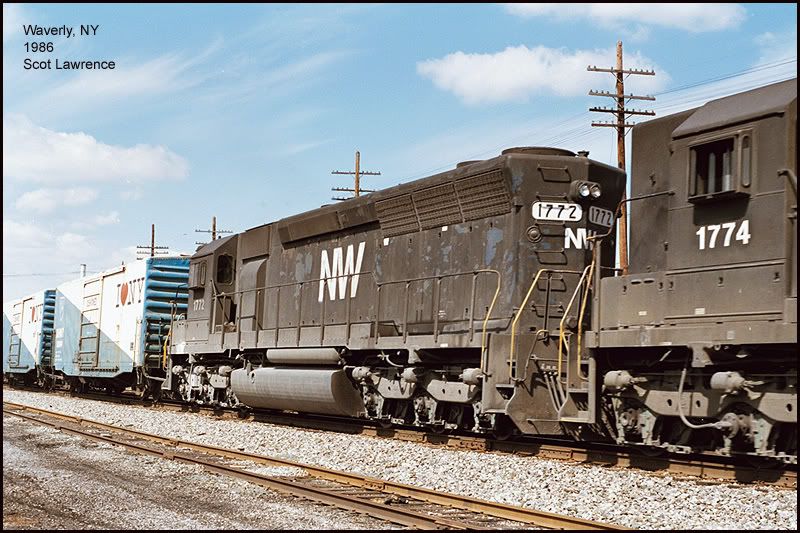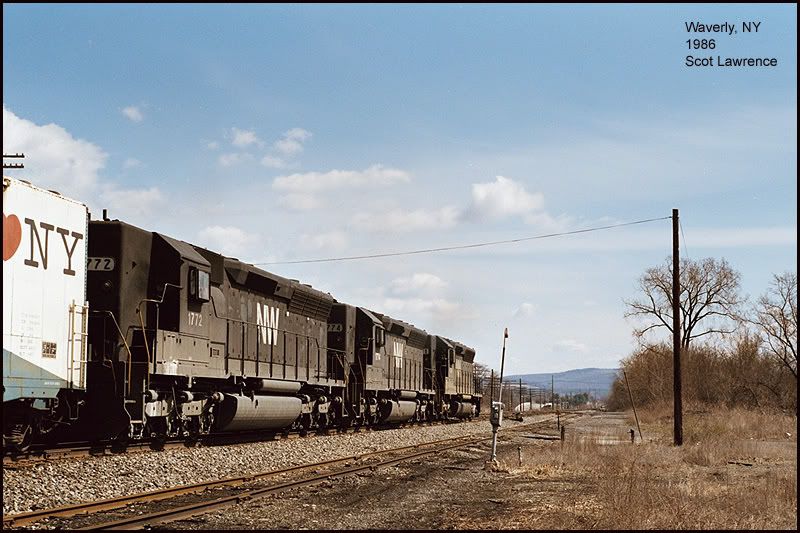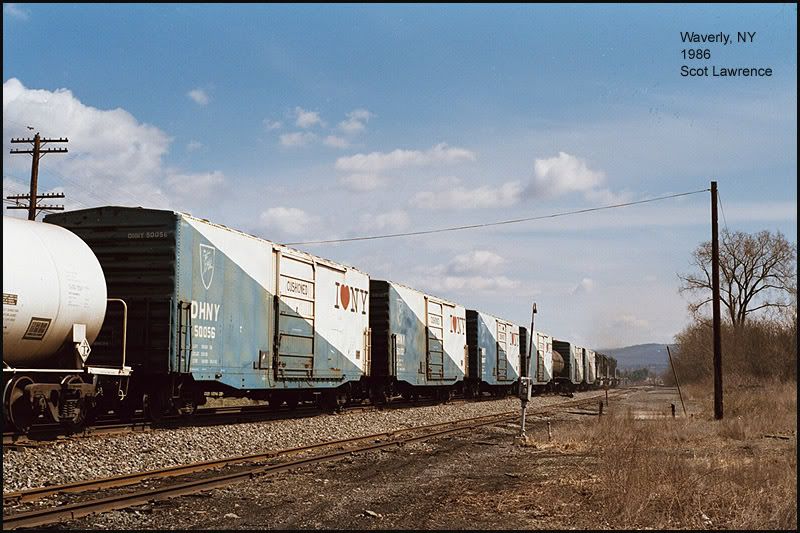All of SEPTAs MU fleet has the 'F' on the hand brake 'B' end. Until the SL-IV married pairs were delivered to the PC and Reading in 1974-76 the 'A' end (pantograph) was the 'F' end. Also the traction motors and axles/gear units were counted from the 'A' end. The wheels were counted L1,R1 ect. from F to R end in railroad fashion for locomotives. The pan being in the middle of married pairs it was decided to make the 'B' end the 'F' end. To be consistant all cars were remarked. After the SEPTA take over in 1983 they (transit types)

wanted the MU fleet to be considered 'high speed rail' to avoid FRA oversight. So the numbering was changed to match city transit rail. The wheels were renumbered 1,3,5,7 odd side (left), even side right 2,4,6,8. Every thing is counted from the 'B' end. The FRA shot down the 'derailroading' of the system since SEPTA interchanges with and runs on other railroads but the numbering stuck. During the latest VOH program wheel numbers are being marked on car sides. Itis also for inspection/repair purposes so shop personnel know where to find and repair defects.
To add to the general confusion the diesels and electric engines are marked F and R. The switchers are marked 'F' on the hood end, the road engines are marked 'F' on cab end. The electrics are double ended.

"I may not have a brain, but I have an idea!" BOB, benzoate ostylezene bicarbonate.




